Home>Gardening & Outdoor>Plant Care & Gardening Tips>When To Spread Wildflower Seeds In Arkansas
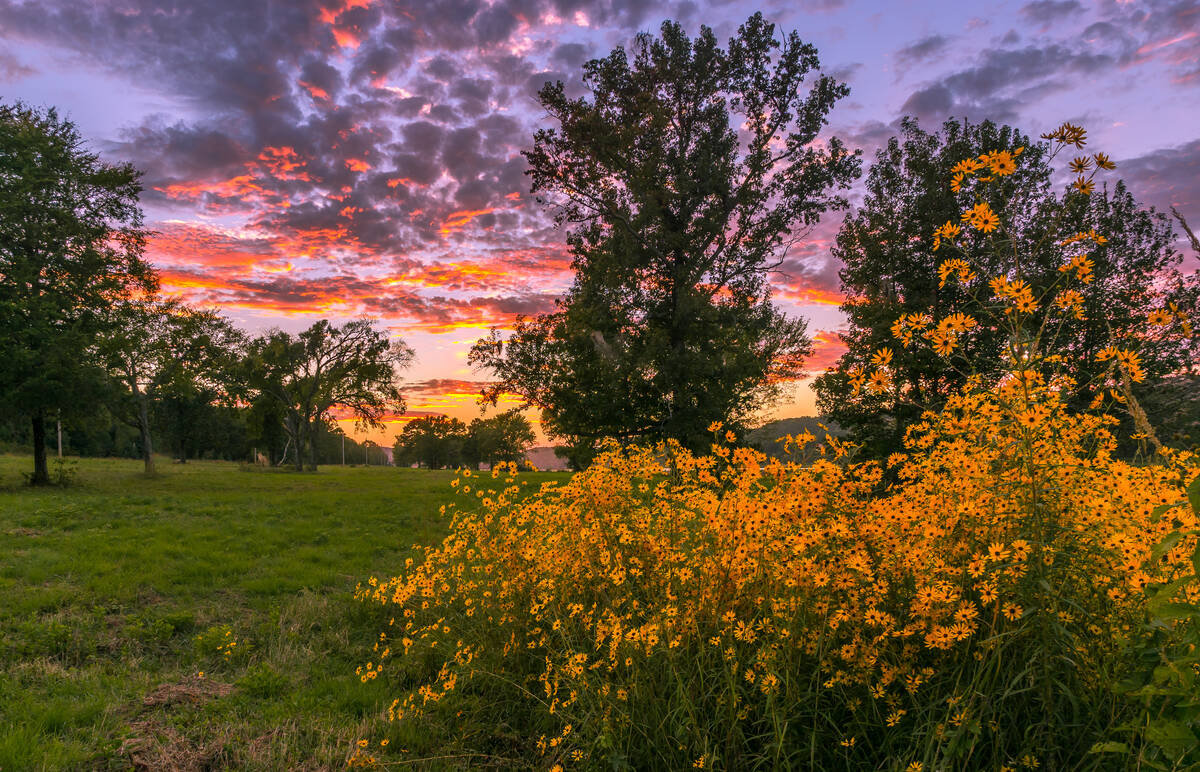

Plant Care & Gardening Tips
When To Spread Wildflower Seeds In Arkansas
Modified: October 20, 2024
Discover the best time to spread wildflower seeds in Arkansas and get expert plant care and gardening tips for a thriving garden. Learn when to sow your wildflowers for beautiful blooms.
(Many of the links in this article redirect to a specific reviewed product. Your purchase of these products through affiliate links helps to generate commission for Storables.com, at no extra cost. Learn more)
Introduction
Are you a nature enthusiast seeking to transform your outdoor space into a vibrant tapestry of wildflowers? Perhaps you're an Arkansas resident eager to adorn your garden with the captivating hues of native blooms. Whatever your motivation, the prospect of spreading wildflower seeds can be an exhilarating endeavor. This article is tailored to guide you through the intricacies of wildflower seed spreading in Arkansas, providing insights into the optimal timing and techniques for a flourishing wildflower display.
Embarking on a wildflower seed-spreading journey offers a delightful opportunity to partake in the natural rhythm of the environment. From the initial sowing to the eventual blossoming, the process is a testament to the beauty of patience and nurturing. Whether you're a novice gardener or a seasoned horticultural aficionado, the allure of wildflowers is bound to captivate your imagination and invigorate your outdoor space. So, let's delve into the world of wildflower seeds and uncover the optimal strategies for successful propagation in the enchanting landscapes of Arkansas.
Key Takeaways:
- Embrace the fall season in Arkansas for sowing wildflower seeds to create a vibrant garden. Understand the climate, soil, and native species to ensure successful propagation and a mesmerizing display of blooms.
- Select the right planting site, prepare the soil, and prioritize native species for a flourishing wildflower garden in Arkansas. Sow seeds in the fall to align with nature’s rhythms and witness the captivating beauty of native blooms.
Read more: When To Seed Wildflowers
Understanding Wildflower Seeds
Wildflower seeds are the embodiment of nature’s artistry, encapsulating the potential for a kaleidoscope of colors and textures to grace your garden. These seeds are not merely dormant specks awaiting the touch of soil and sunlight; they are repositories of life, carrying within them the promise of blooming splendor. When selecting wildflower seeds for your Arkansas garden, it’s essential to consider the diverse array of native species that thrive in the region’s unique climate and soil conditions.
Each species of wildflower possesses its own distinct charm, from the delicate petals of the Black-eyed Susan to the resplendent blooms of the Purple Coneflower. Understanding the characteristics of different wildflower species is crucial for creating a harmonious and visually captivating ensemble in your garden. Moreover, familiarizing yourself with the specific needs and growth patterns of these wildflowers will enable you to provide the optimal care for their development.
Wildflower seeds vary not only in their visual appeal but also in their adaptability to different soil types and moisture levels. Some species, such as the Prairie Blazing Star, thrive in well-drained, sandy soils, while others, like the Ozark Coneflower, exhibit a preference for moist, loamy soils. By acquainting yourself with the unique requirements of each wildflower species, you can make informed decisions when selecting and sowing seeds, thereby setting the stage for a thriving and visually captivating wildflower display.
Arkansas Climate and Soil
Arkansas, with its diverse topography and varying climatic zones, offers a rich tapestry of environments that are conducive to a wide range of wildflower species. From the verdant woodlands of the Ozark Mountains to the expansive plains of the Mississippi Alluvial Plain, the state’s landscapes provide an ideal canvas for cultivating an assortment of native wildflowers. Understanding the nuances of Arkansas’s climate and soil composition is paramount for successful wildflower cultivation.
The climate in Arkansas is characterized by hot, humid summers and mild winters, with varying precipitation patterns across the state. In the northern regions, the Ozark Plateau experiences cooler temperatures and receives ample rainfall, fostering an environment suitable for moisture-loving wildflowers such as the Cardinal Flower and the Blue Flag Iris. Conversely, the southern lowlands exhibit a subtropical climate, accommodating species like the Coreopsis and the Butterfly Milkweed, which thrive in the warmth and humidity of the region.
When considering soil composition, Arkansas showcases a diverse range of soil types, including loamy, sandy, and clay soils, each with its own unique properties. The loamy soils of the Arkansas River Valley provide fertile grounds for an assortment of wildflowers, while the well-drained sandy soils of the Gulf Coastal Plain offer an ideal habitat for species such as the Blanket Flower and the Purple Prairie Clover. Understanding the specific soil attributes of your gardening site will enable you to select wildflower species that are well-suited to thrive in the given conditions.
By familiarizing yourself with the intricacies of Arkansas’s climate and soil, you can make informed decisions when choosing wildflower species for your garden. Selecting native wildflowers that are naturally adapted to the state’s environmental conditions will set the stage for a flourishing and sustainable wildflower display, harmoniously integrated with the natural rhythms of Arkansas’s ecosystems.
You can spread wildflower seeds in Arkansas in the fall or early spring for best results. Make sure to choose a sunny spot with well-drained soil and follow the specific planting instructions for the wildflower species you have.
Best Time to Spread Wildflower Seeds
Timing is of the essence when it comes to spreading wildflower seeds in Arkansas. The optimal window for sowing wildflower seeds is influenced by the state’s climatic patterns and the life cycles of native wildflower species. Understanding these temporal dynamics is essential for maximizing the success of your wildflower propagation endeavors.
In Arkansas, the best time to spread wildflower seeds is during the fall, typically from late September to early November. This timeframe aligns with the state’s climatic conditions, allowing the seeds to establish strong root systems before the onset of winter. The mild temperatures and ample moisture during the fall season create favorable conditions for seed germination and early root development, setting the stage for robust growth in the subsequent spring.
By sowing wildflower seeds in the fall, you harness the natural rhythms of the environment, capitalizing on the seasonal cues that prompt wildflower species to initiate growth. Furthermore, the cooler temperatures of the fall season mitigate the risk of seedling desiccation, providing an optimal environment for the seeds to germinate and thrive.
Another advantage of fall sowing is that it aligns with the natural life cycles of many wildflower species. Native plants have evolved to disperse their seeds during the fall, ensuring that the seeds undergo a period of dormancy before sprouting in the following spring. By mimicking this natural process, you enhance the likelihood of successful germination and robust growth, as the seeds are attuned to the environmental cues prevalent in the Arkansas ecosystem.
It’s important to note that while fall is the prime season for wildflower seed spreading, certain species may benefit from alternate sowing times. Some wildflowers, particularly those with specific germination requirements, may fare well when sown in early spring. Understanding the unique attributes of the wildflower species you intend to cultivate is crucial for determining the most suitable sowing timeframe.
In essence, the fall season in Arkansas heralds the opportune moment to sow wildflower seeds, capitalizing on the state’s climatic nuances and the natural life cycles of native wildflower species. By embracing this temporal rhythm, you pave the way for a vibrant tapestry of wildflowers to grace your Arkansas garden, infusing the landscape with the captivating beauty of native blooms.
Tips for Successful Wildflower Seed Spreading
Embarking on a wildflower seed-spreading venture in Arkansas demands a nuanced approach to ensure the successful establishment and flourishing of native blooms. By incorporating the following tips into your wildflower propagation endeavors, you can enhance the likelihood of a bountiful and visually captivating display of wildflowers in your garden.
- Site Selection: Choose a planting site that aligns with the specific environmental preferences of the wildflower species you intend to sow. Consider factors such as sunlight exposure, soil composition, and moisture levels to create an optimal habitat for the seeds to thrive.
- Soil Preparation: Prior to sowing the wildflower seeds, prepare the soil by removing any debris and loosening the top layer to facilitate seed-to-soil contact. This step promotes successful germination and root establishment.
- Seed Distribution: When dispersing the wildflower seeds, employ a diverse sowing technique to ensure even coverage. Combining hand broadcasting with raking can help achieve a uniform distribution of seeds across the planting area.
- Seed Depth: Pay attention to the recommended sowing depth for the specific wildflower species, as this can vary among different varieties. In general, lightly press the seeds into the soil or cover them with a thin layer of mulch, adhering to the guidelines provided for the respective species.
- Watering and Maintenance: After sowing the seeds, ensure that the planting area receives adequate moisture to support germination and early growth. Monitor the site regularly and provide supplemental watering as needed, especially during dry spells. Additionally, minimize weed competition to facilitate the unhindered development of the wildflower seedlings.
- Native Species Selection: Prioritize the use of native wildflower species in your seed-spreading endeavors, as these plants are inherently adapted to the local ecosystem and require minimal maintenance once established. Native species also contribute to the preservation of Arkansas’s biodiversity and support indigenous pollinators.
By adhering to these guidelines and tailoring your approach to the unique attributes of Arkansas’s natural environment, you can cultivate a mesmerizing tapestry of wildflowers that harmonizes with the state’s ecological tapestry. Embrace the art of wildflower propagation, and witness your garden transform into a vibrant haven adorned with the enchanting hues of native blooms.
Read more: When Should I Plant Wildflower Seeds
Conclusion
As we conclude our exploration of wildflower seed spreading in Arkansas, it becomes evident that this endeavor is a harmonious collaboration with nature, guided by the seasonal rhythms and ecological nuances of the state. By understanding the intricacies of wildflower seeds, the climate and soil of Arkansas, and the optimal timing for seed spreading, you are poised to embark on a journey that celebrates the innate beauty of native blooms.
Wildflower propagation transcends mere gardening; it is an invitation to immerse oneself in the captivating narratives woven by the flora that graces our landscapes. As you sow the seeds of native wildflowers, you become a steward of biodiversity, nurturing a habitat that sustains indigenous plant species and supports local pollinators. Your garden becomes a living tapestry, a testament to the coalescence of human care and natural splendor.
The tips provided for successful wildflower seed spreading serve as a compass, guiding you toward creating an environment where wildflowers can thrive and flourish. Through thoughtful site selection, meticulous soil preparation, and the embrace of native species, you lay the foundation for a sustainable and visually captivating wildflower display.
In Arkansas, the act of spreading wildflower seeds is a celebration of the state’s diverse ecosystems, a gesture that echoes the time-honored rhythms of the land. By sowing seeds in the fall, you synchronize with nature’s cycle, fostering an environment where wildflowers can take root and bloom with resplendent vitality.
As you gaze upon the burgeoning wildflower meadow in your garden, adorned with the radiant hues of native blooms, you bear witness to the beauty of coexistence with nature. Your garden becomes a sanctuary, a testament to the enduring allure of wildflowers and the profound connection between humans and the natural world.
May your wildflower-spun haven in Arkansas be a testament to the enduring beauty of native flora and a beacon of inspiration for all who seek to cultivate a deeper bond with the land.
Frequently Asked Questions about When To Spread Wildflower Seeds In Arkansas
Was this page helpful?
At Storables.com, we guarantee accurate and reliable information. Our content, validated by Expert Board Contributors, is crafted following stringent Editorial Policies. We're committed to providing you with well-researched, expert-backed insights for all your informational needs.
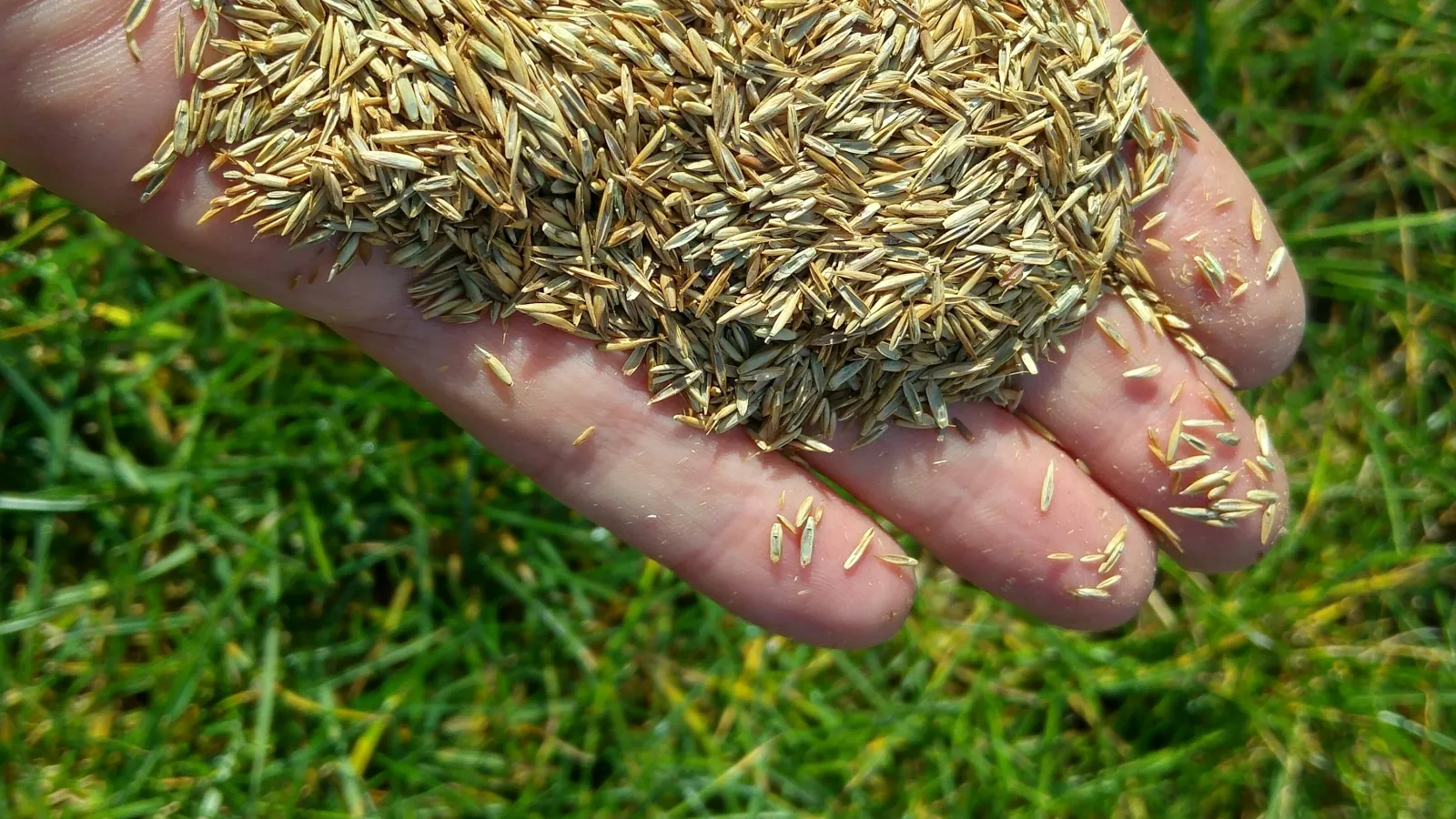
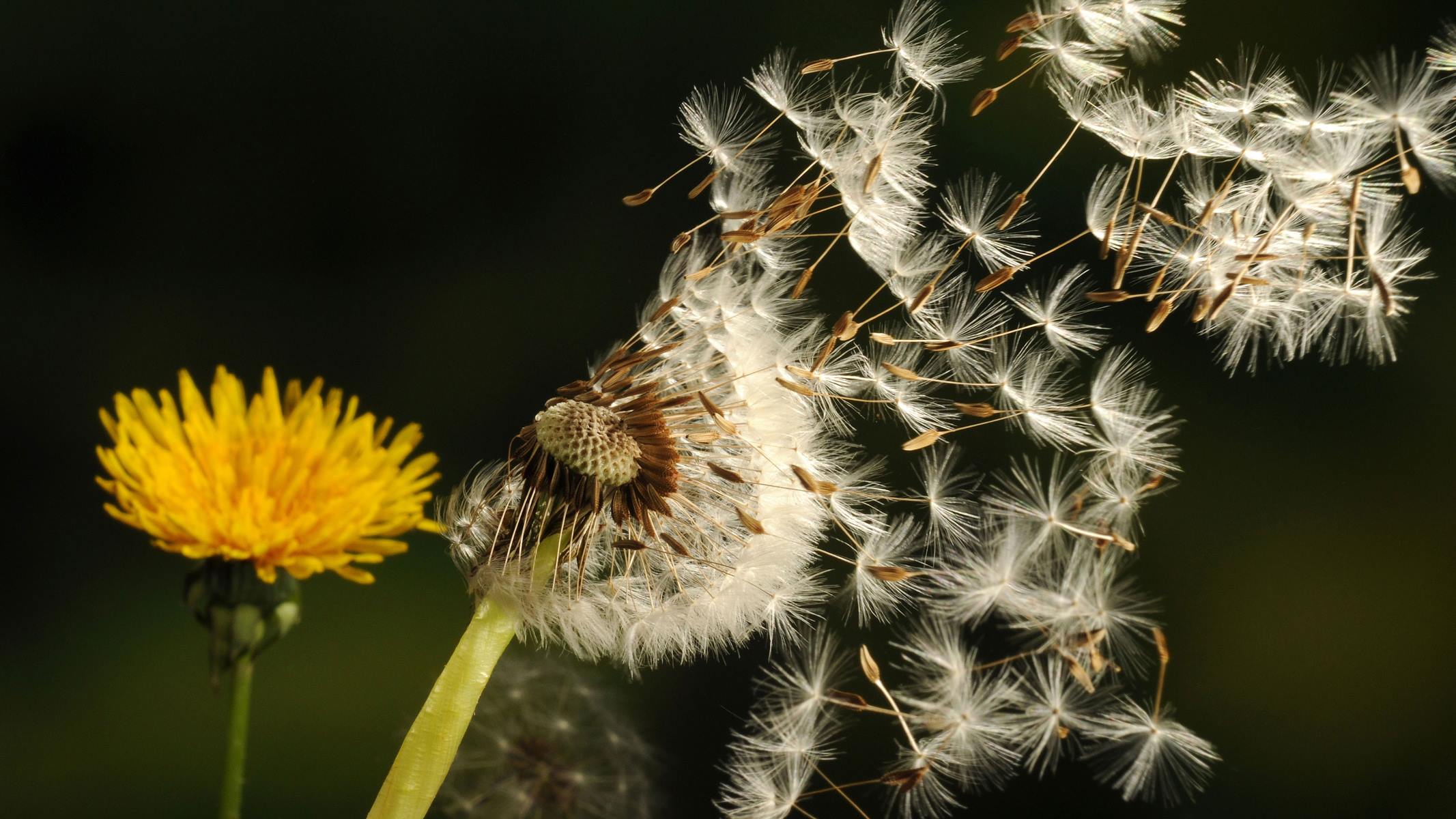
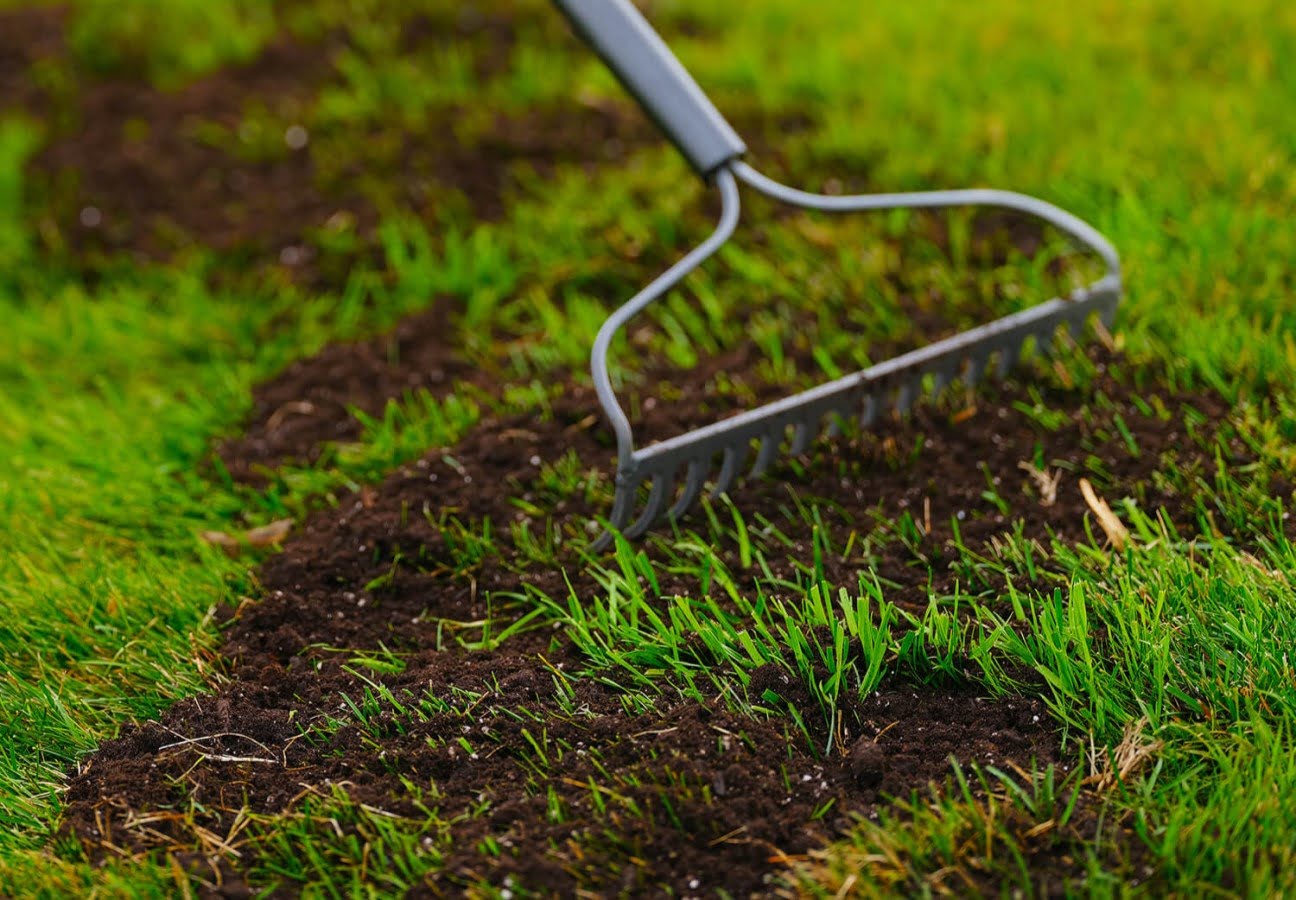
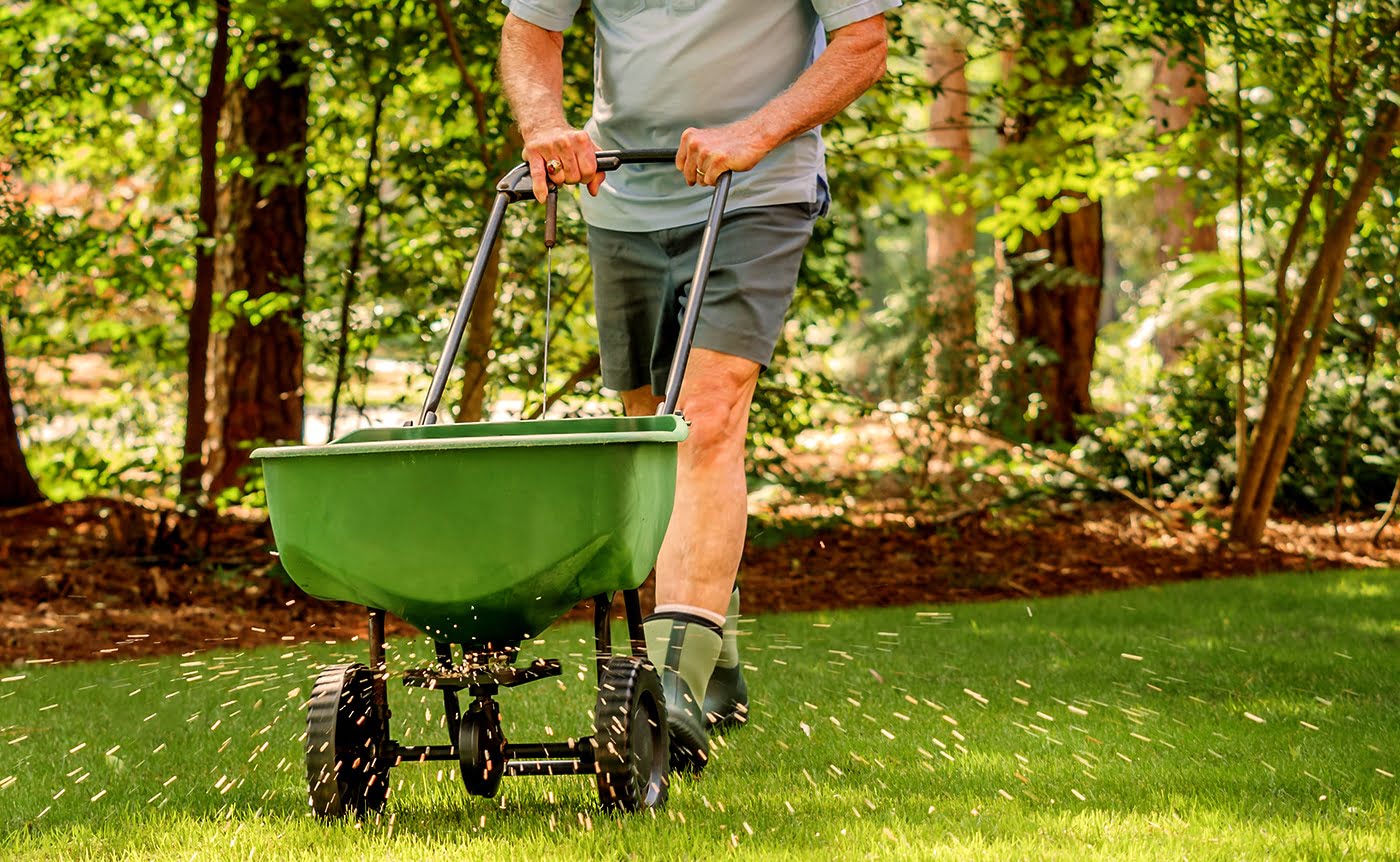
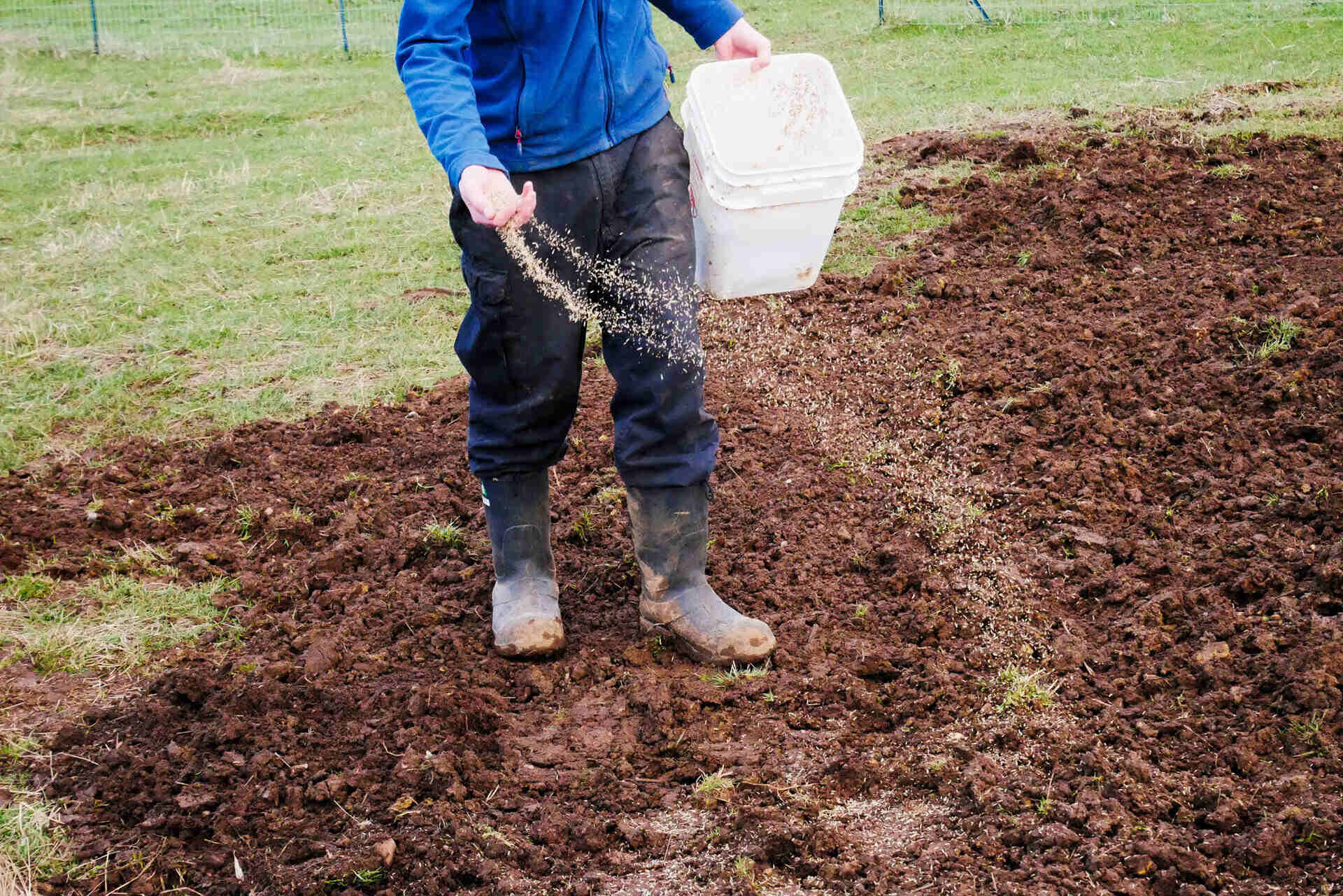
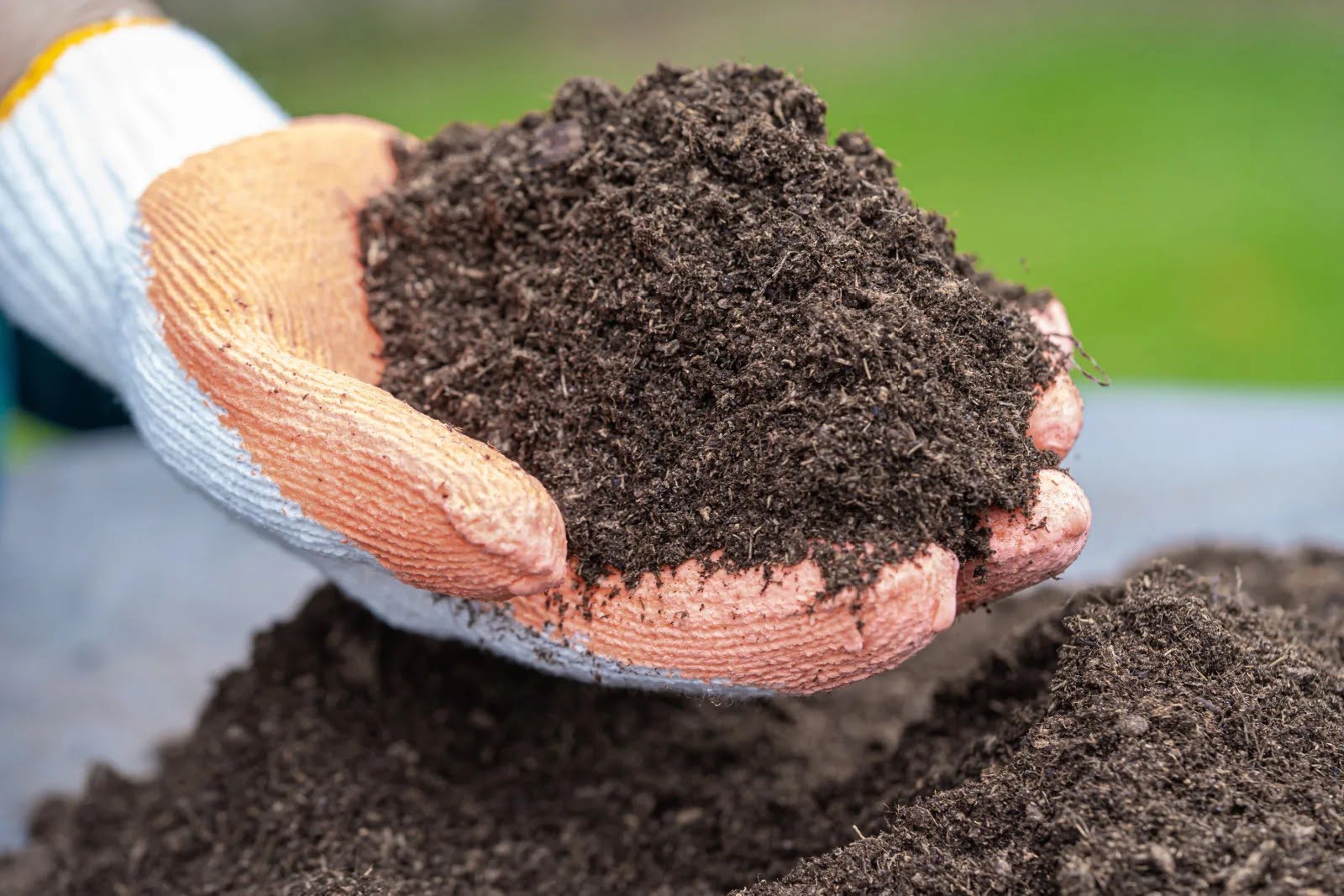
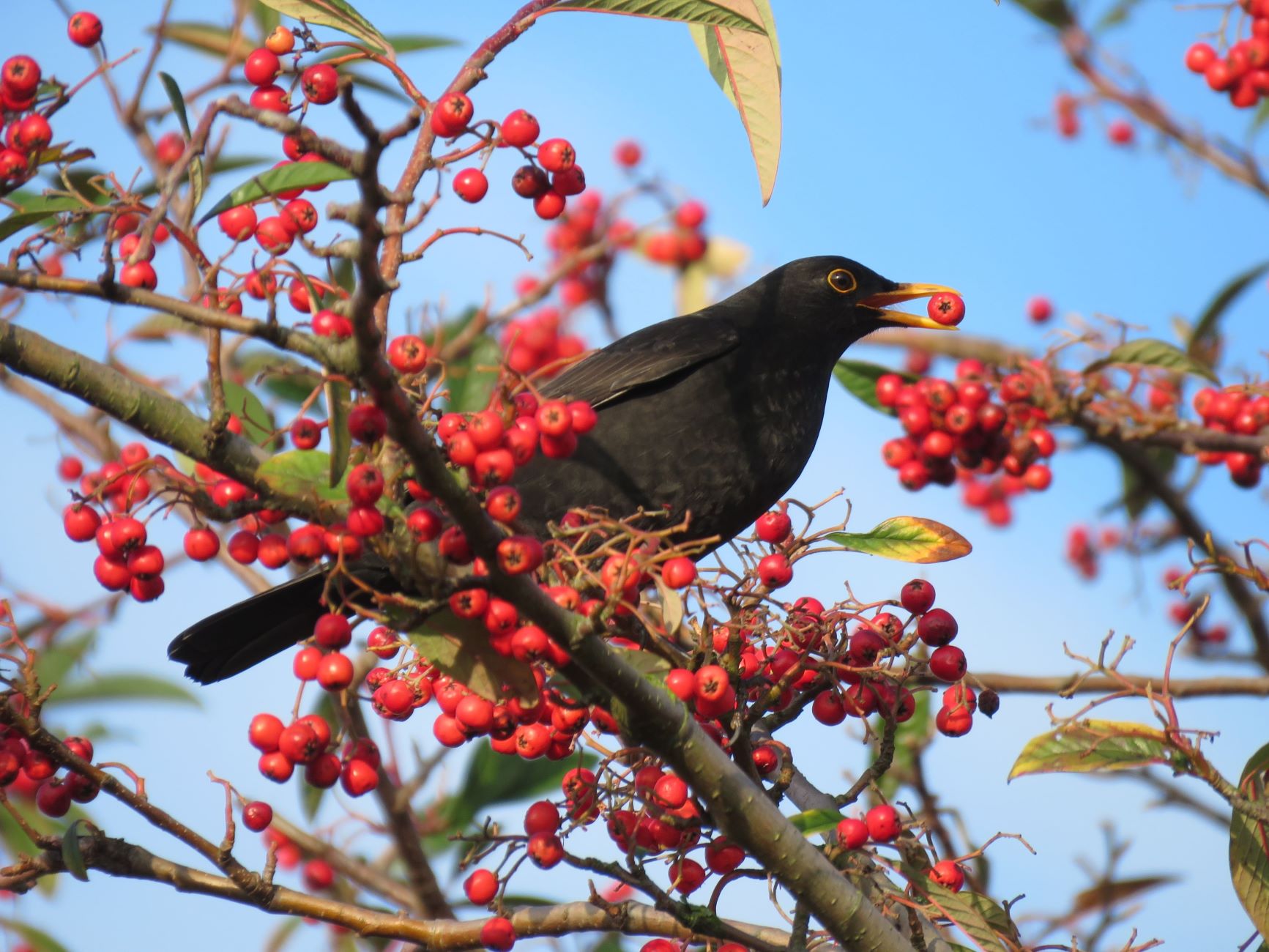

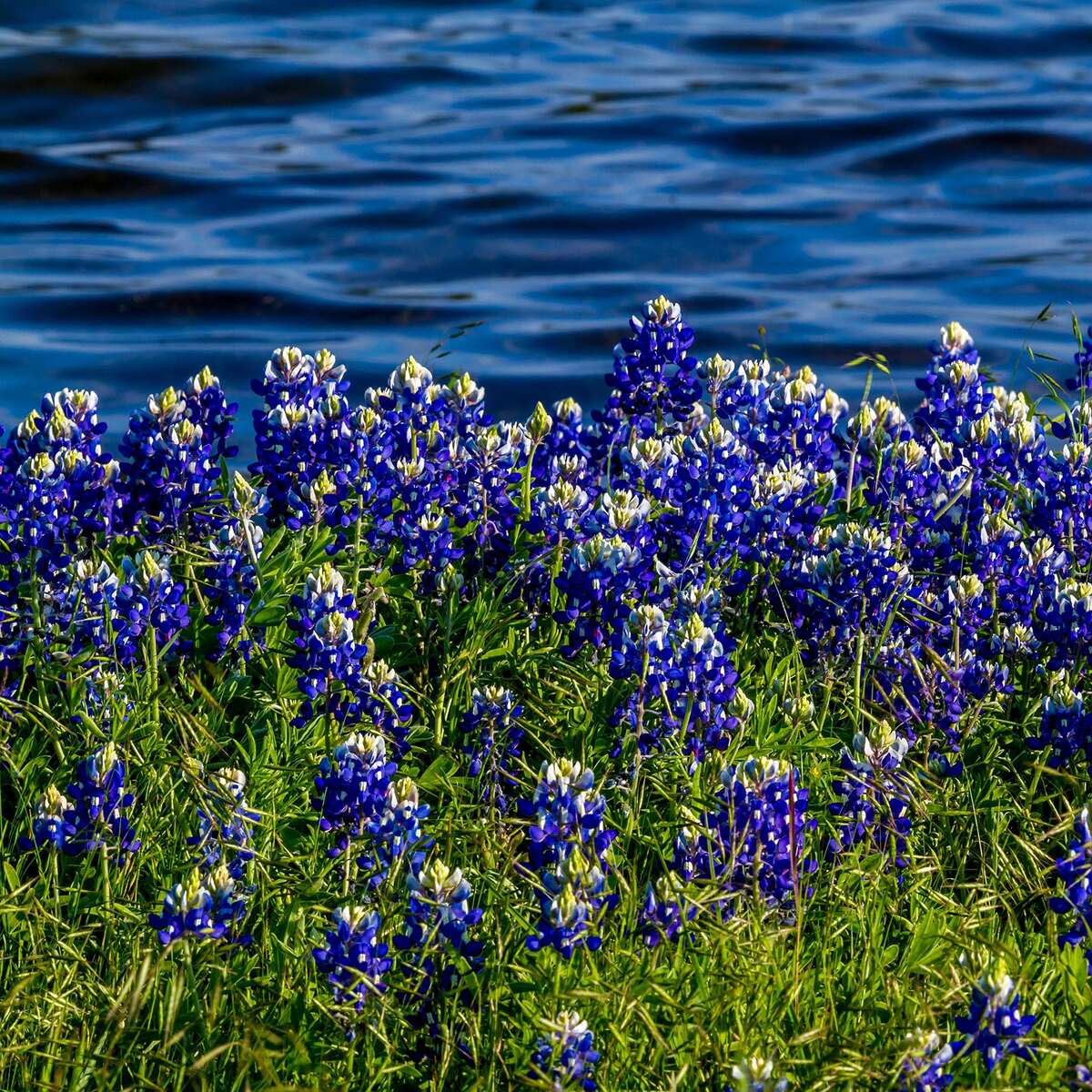
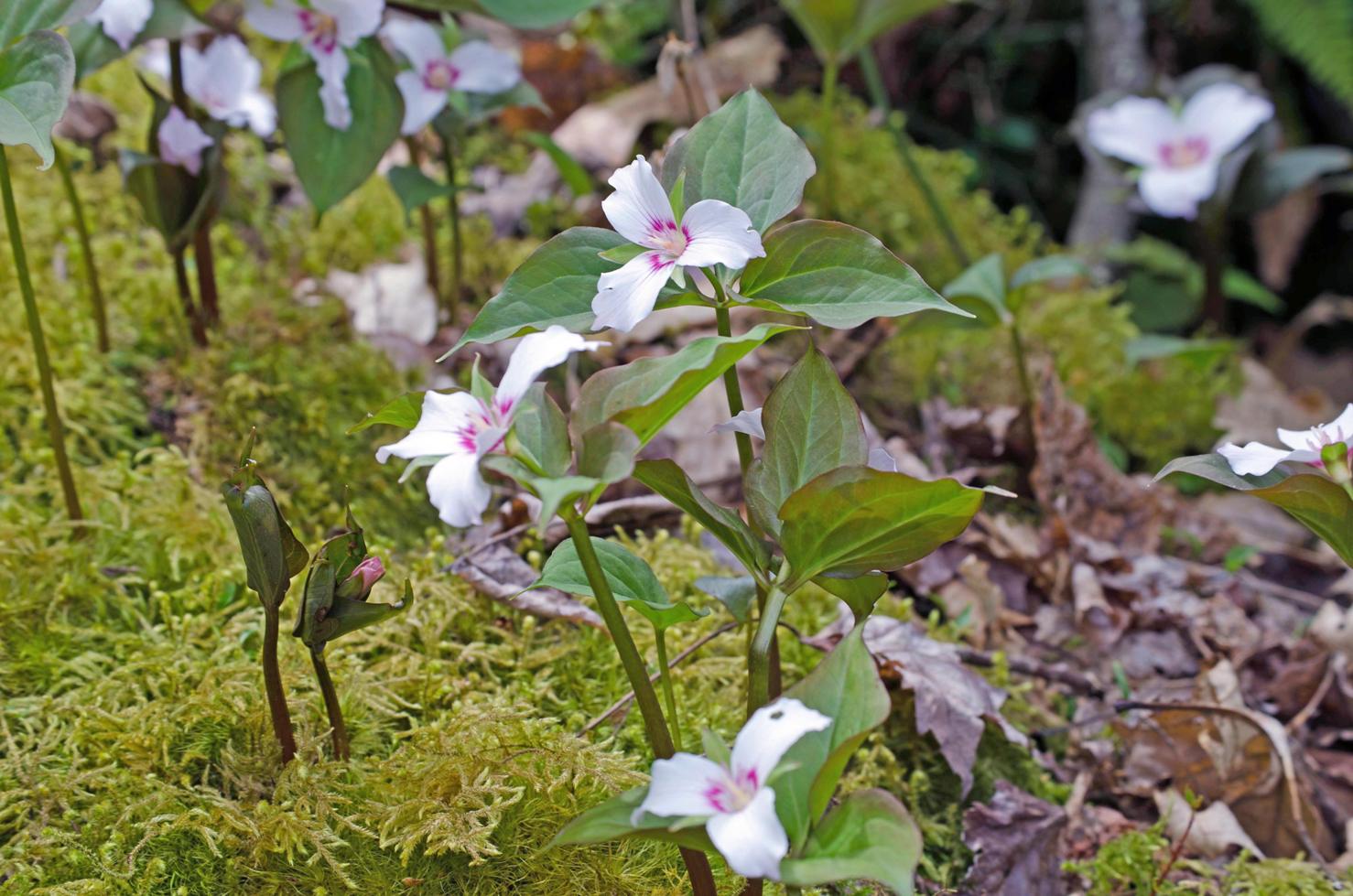
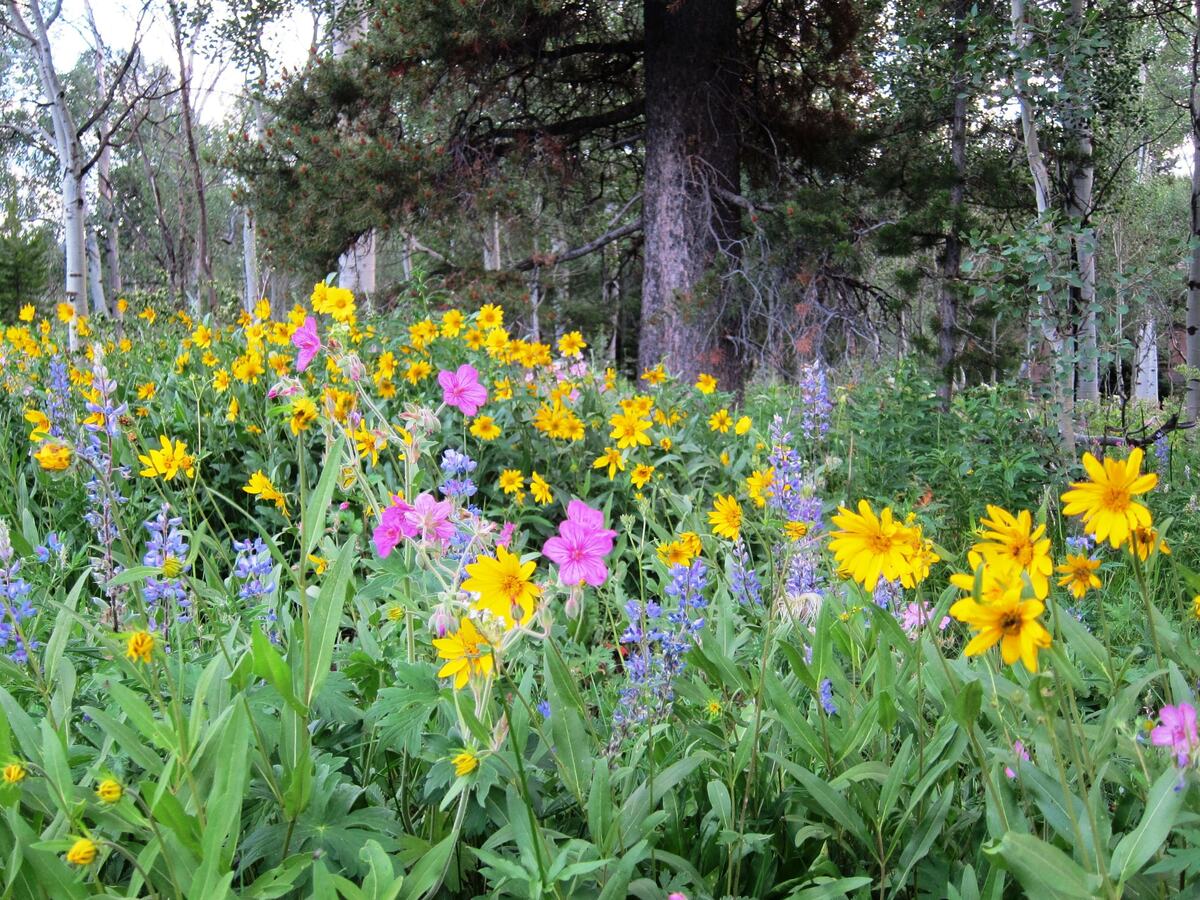
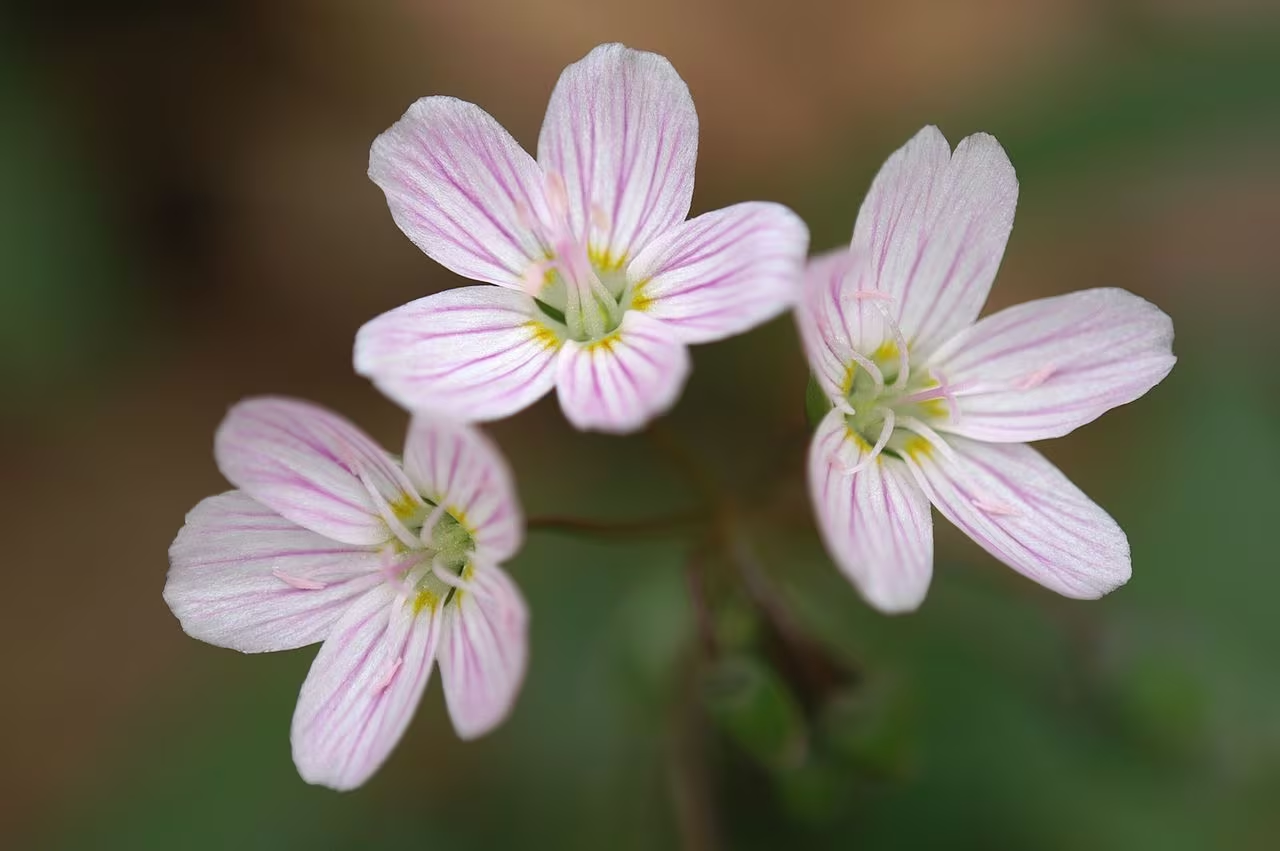
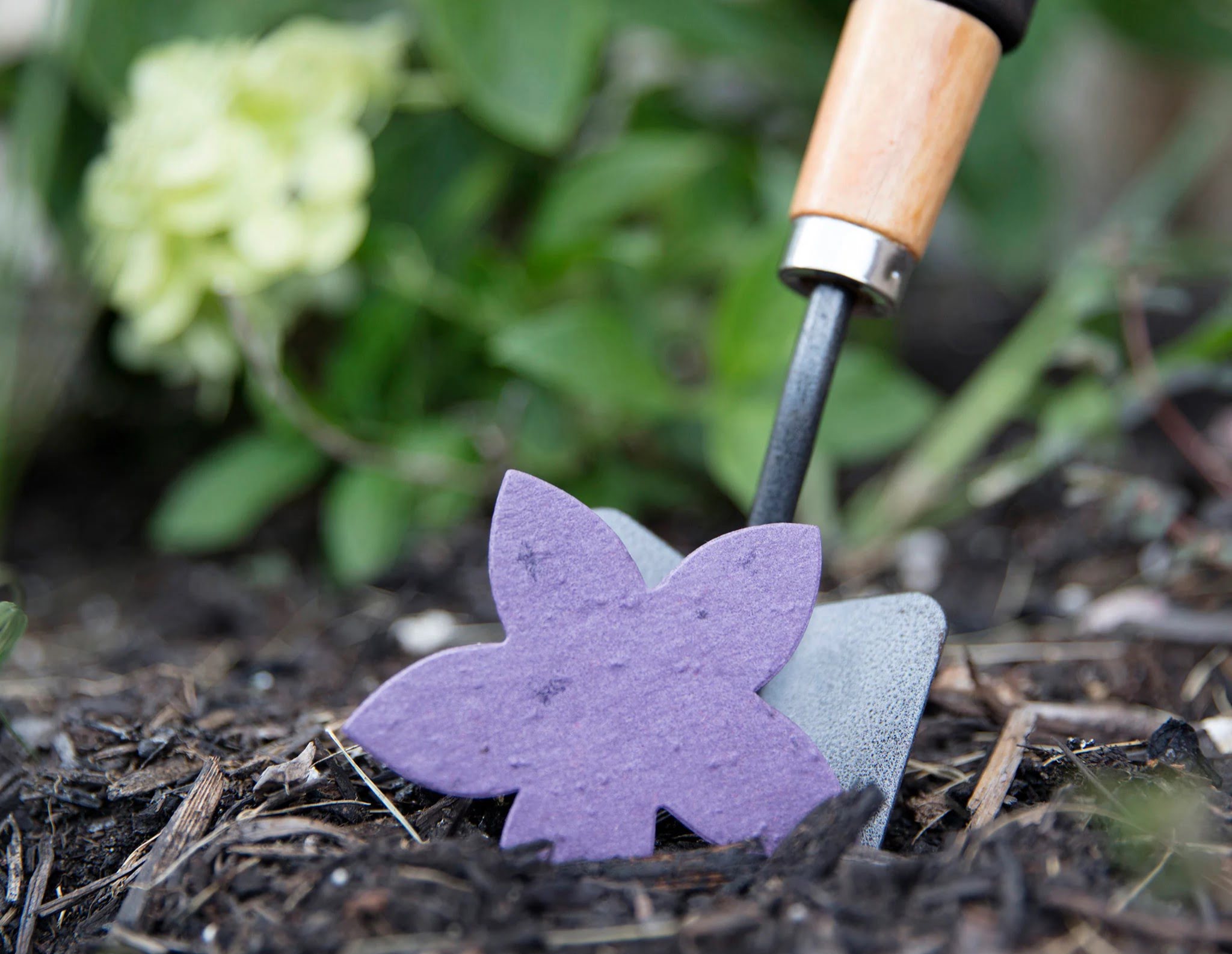
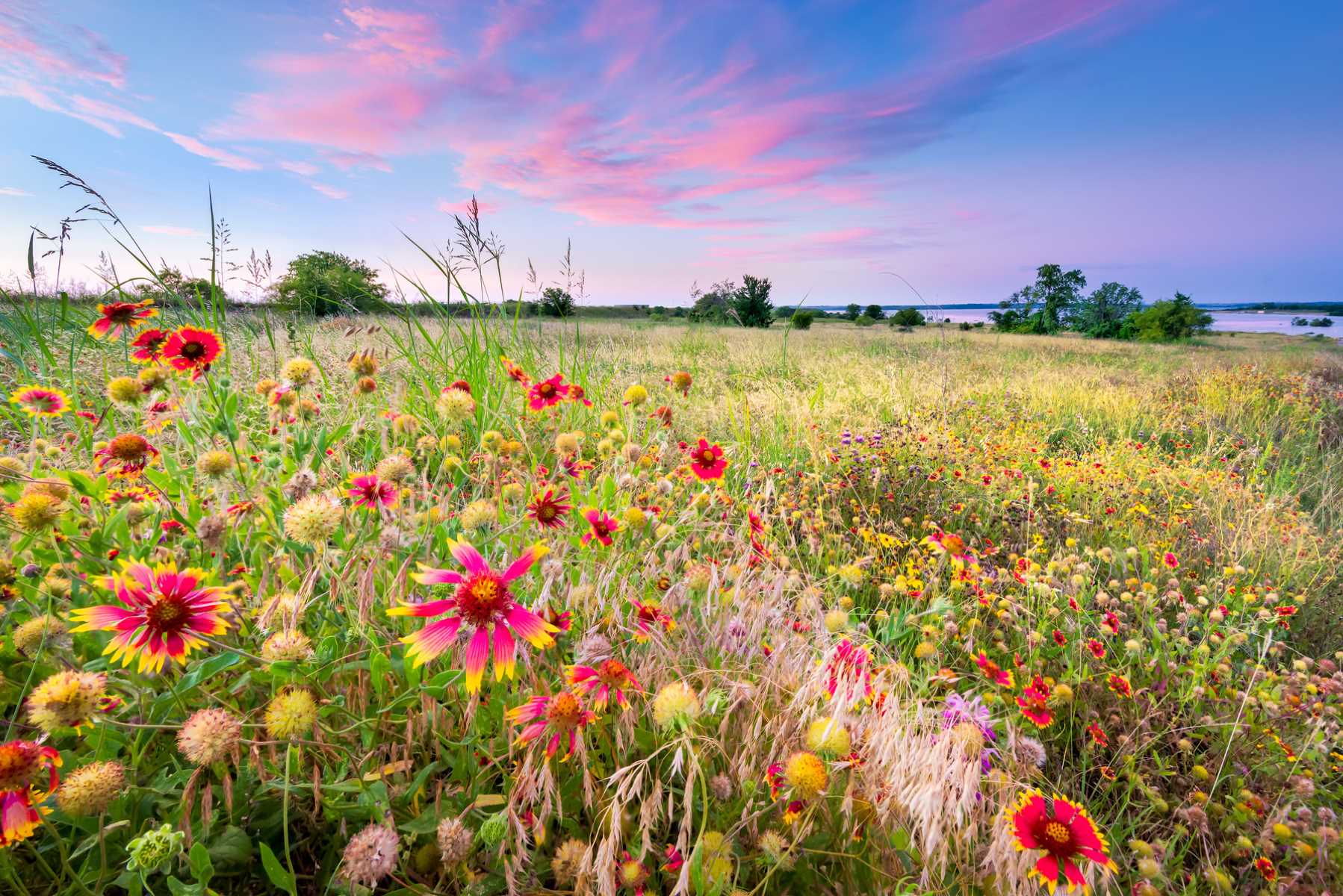

0 thoughts on “When To Spread Wildflower Seeds In Arkansas”